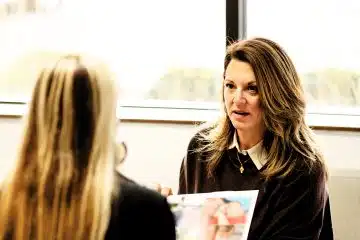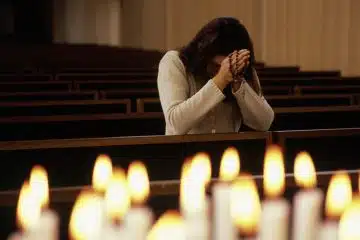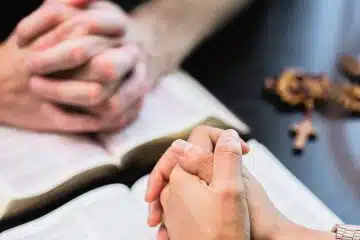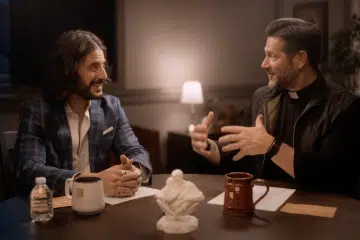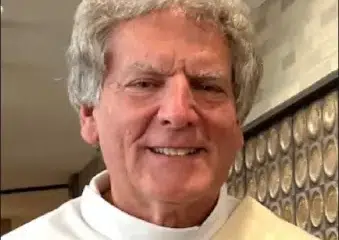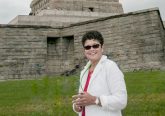Hospice nurse teaches how to be present for dying
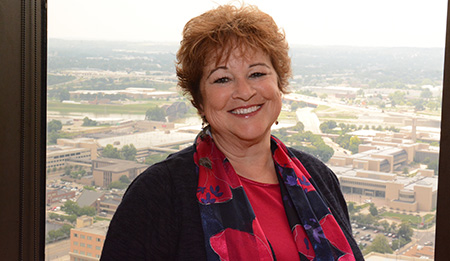
Two key seconds bracket everyone’s life. They are the alpha and the omega of an individual’s existence.
When hospice nurse and administrator Kim Vesey addresses groups about impending death, she ties it to the defining seconds of our being.
“The title of my presentation is ‘First Breath — Final Breath.’ It’s about 14 minutes and focuses on how to be present when someone is dying,” Vesey said.
The address is available at on Youtube. It was first offered on Oct. 16 at the Victoria Theater in Dayton as part of Dayton’s TEDX talk program series providing educational talks on a wide variety of topics.
 “It’s a very hard thing to do. People don’t like you to just jump into the old death talk, so I start off by using the similarities — talking about when you’re pregnant and you’re going to bring a life into the world — a person’s first sacred breath. I discuss how we get excited, how we prepare for birth, and how we honor it.
“It’s a very hard thing to do. People don’t like you to just jump into the old death talk, so I start off by using the similarities — talking about when you’re pregnant and you’re going to bring a life into the world — a person’s first sacred breath. I discuss how we get excited, how we prepare for birth, and how we honor it.
“Then,” Vesey said, “I link it to the similarities of people with a terminal illness and facing death. The other most sacred moment in life is when you’re going to meet your Creator. And yet, we resist and we avoid it, and we don’t want to talk about it. I use stories that show basically how, when we can get out of our head the idea of denying (death), thinking about it, researching it and what else we do, and get into our heart, (things change). We can say what people meant to us, how we love them, and how we are going to miss them, and be present.
“When you face losing someone you love, I hope you will have the courage to be vulnerable and be present with your heart and not just your head so you can be witness to the sacred beauty of death. This is really aimed at everyone because we are all going to lose someone sometime,” Vesey said.
Vesey is a nurse at Hospice of Dayton. She practiced patient care for about 13 years at Hospice of Dayton taking care of patients in their homes. Since then, she has been involved in leadership and management. In all, she has devoted 31 years to Hospice.
While there is not sufficient time to address grieving in her address, “obviously there is a lot to be said about grief and the grieving process. But, the one thing I want to be clear about is that even when you’re witness to the sacred beauty of death with your heart, it still is very hard, very painful. You are still going to grieve. It’s not going to diminish that; but there is a peace that comes from knowing that you’ve said what you needed to say to the person who is dying,” Vesey said.
The grieving process can take up to 18 months or longer, she explained.
“We all grieve differently. Sometimes after 10 months people are doing pretty well. For some others, is can be three years later and they still can’t talk about it. We have to give each other grace, and be cognizant of people and their grief,” she said.
“I always knew I wanted to be a nurse and during my nurses’ training someone from Hospice of Dayton came and spoke to our class. I knew then it’s what I wanted to do. She spoke to my heart. You can be present with someone who is dying and make them more comfortable and try to allay their fears and anxiety,” said Vesey, a graduate of Wright State University’s School of Nursing. “Then, I went to the hospital because they told us we had to have a year of hospital experience to be a Hospice nurse.
“I love to talk to people and groups. I’m very involved at St. Helen Parish near Dayton. I’ve done a lot of talks about holiday grief and things like that. My talk has really made it known that there are many blessings during periods of great sorrow.”
Vesey serves on St. Helen’s Parish Council and has been a religious education teacher for 26 years, teaching second-grade including first Eucharist. She is a eucharistic minister and provides educational offerings on grief for the parish.
“I’m available to talk to anyone who needs help,” she said. “I helped facilitate a community-based young widows support group for widows under 50. My husband died when I was 45. He had colon cancer. I went through the grief as a widow and now I help facilitate.
“Certainly I’m available to address groups as time permits. It’s my calling. I think God gave me the professional experience and called me in that direction clearly and then I went through the experience with my husband and we had Hospice involved with him.”
During a chat with Auxiliary Bishop Joseph R. Binzer, “I asked him how they train seminarians on end-of-life issues —how to be present with someone who’s dying, and now I’m going to be training them (at the Athenaeum of Ohio’s Mount Saint Mary’s Seminary).
“It’s important that people in ministry know how to be with people, but it is a learned skill and I’m excited about that opportunity. Death and grief is never easy. But, in it, there can be beauty and in it there can be closure and it is a gift. It is been my goal to help people realize that. If we can quit fighting it so hard —we can be present in the moment and there’s beauty and sacredness there.
To schedule a Hospice presentation contact Hospice of Dayton or Hospice of Cincinnati.
This story first appeared in the March 2016 print edition of The Catholic Telegraph.


